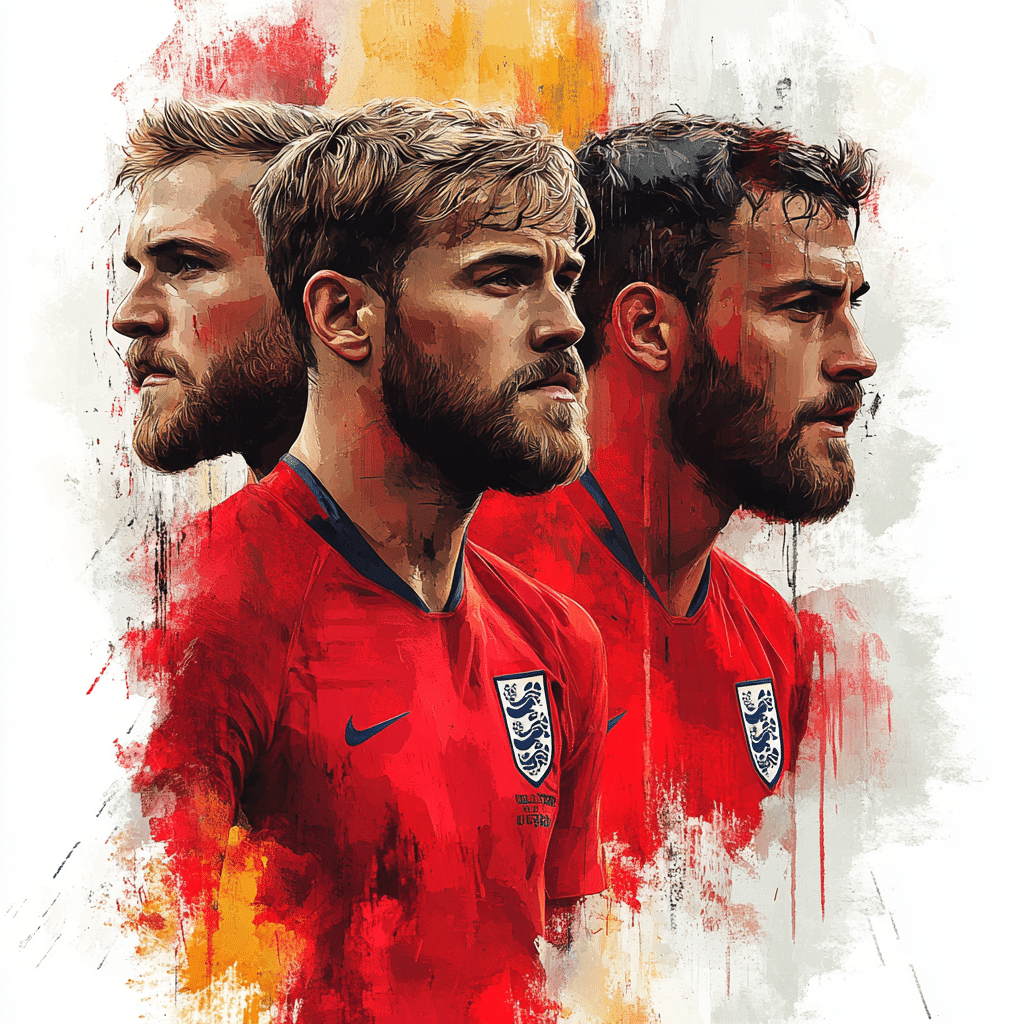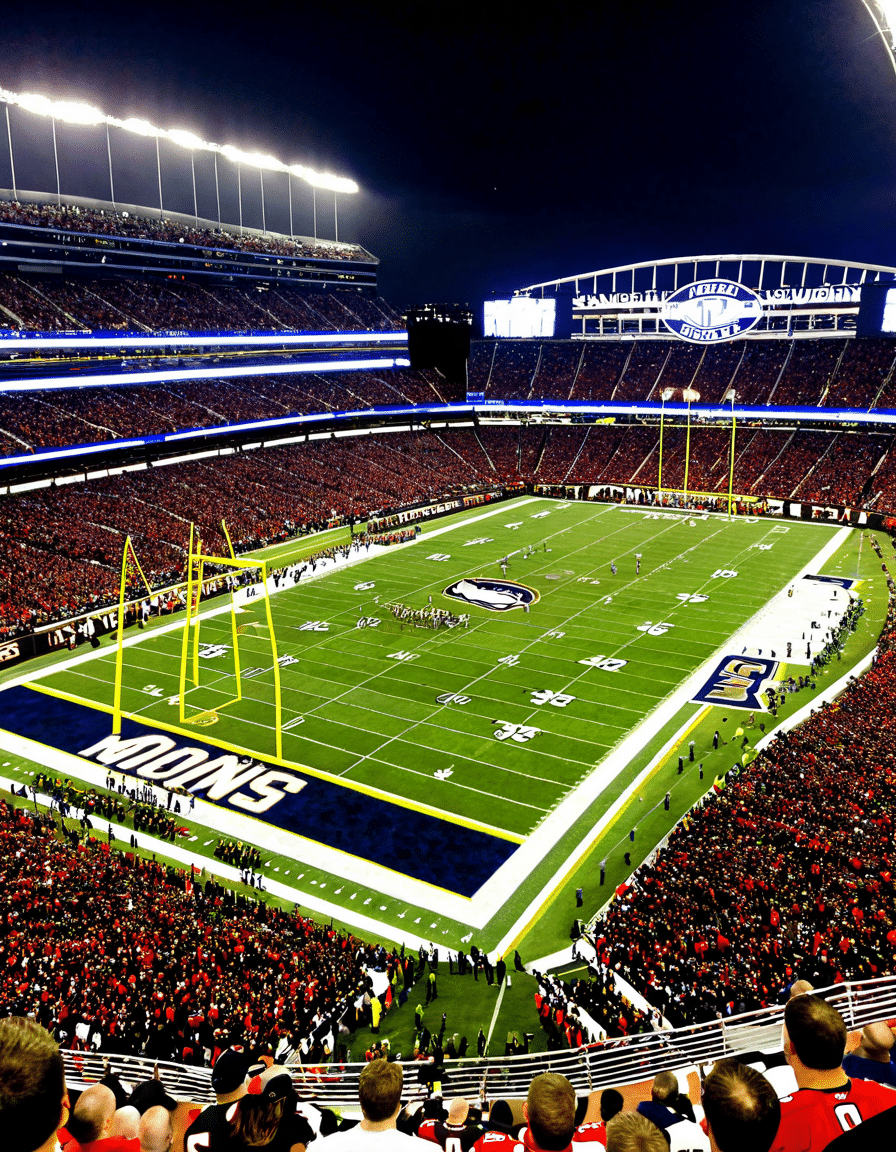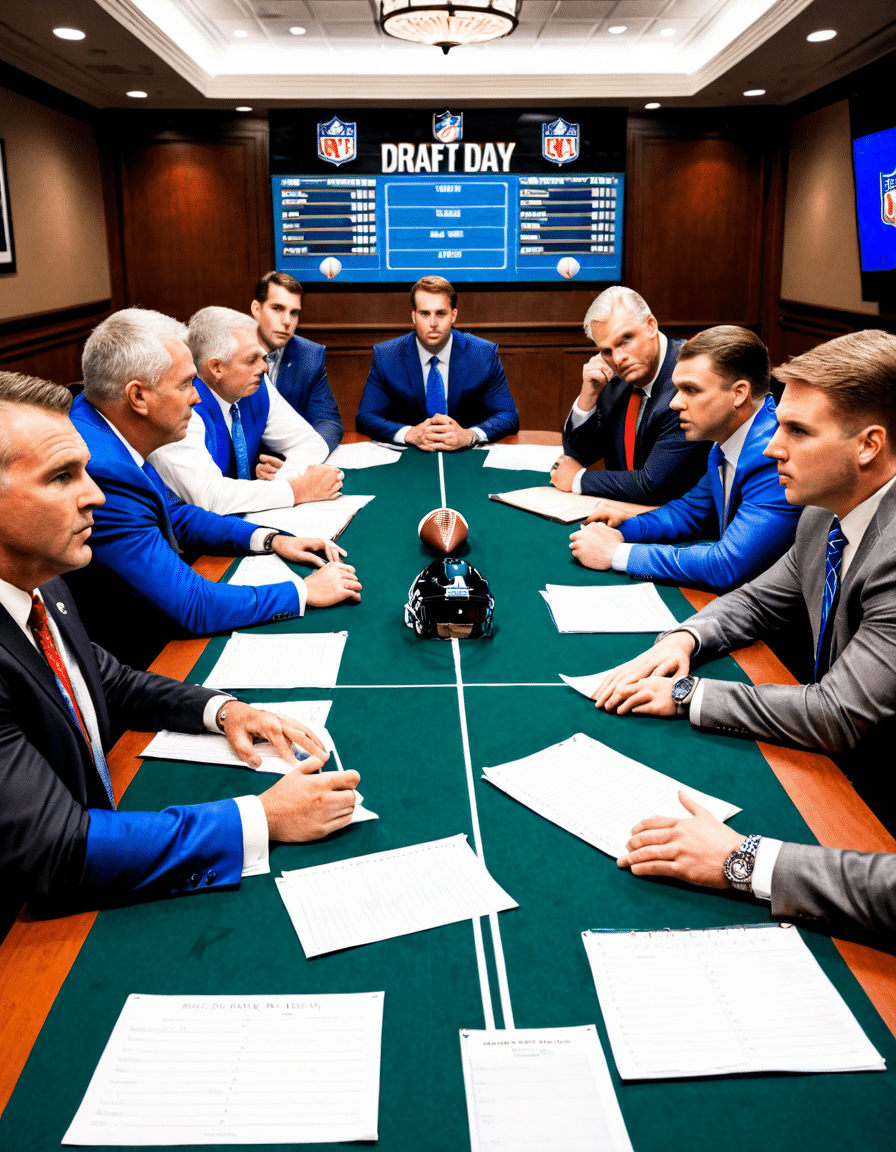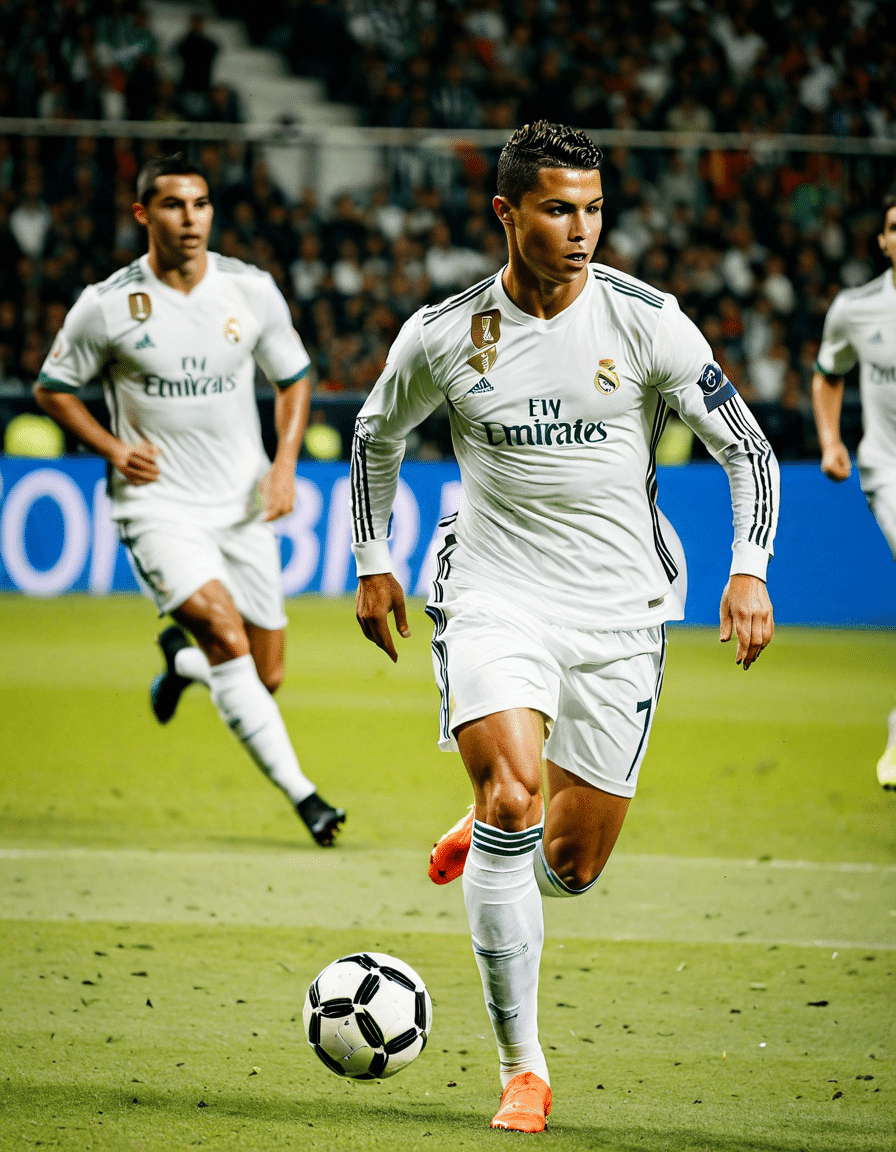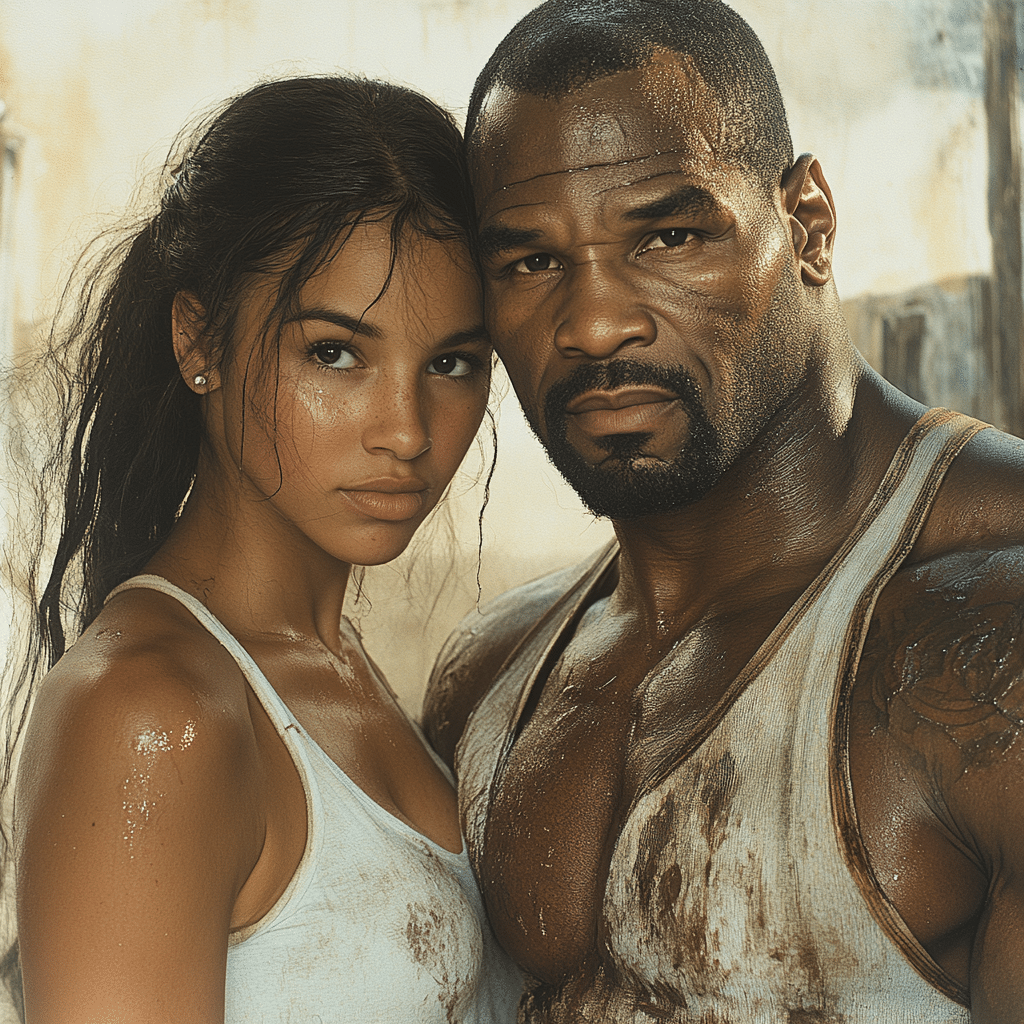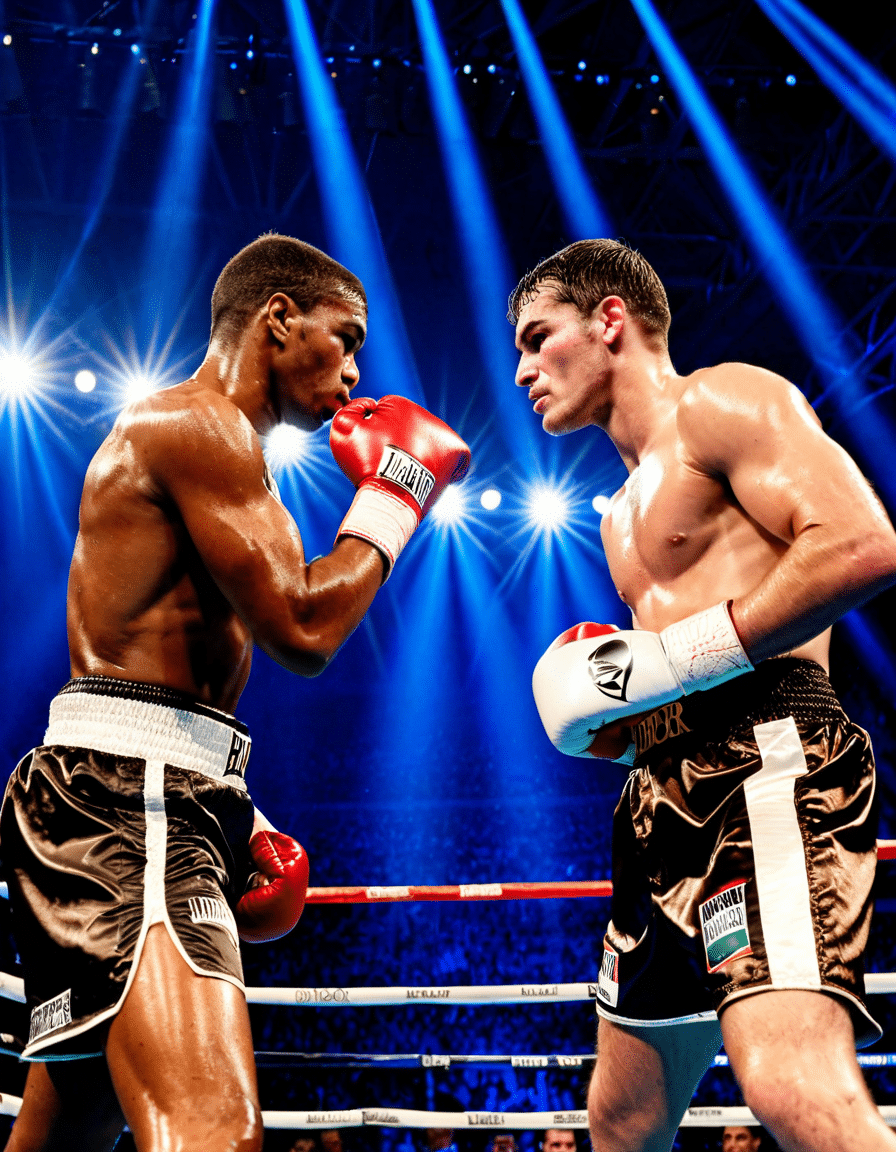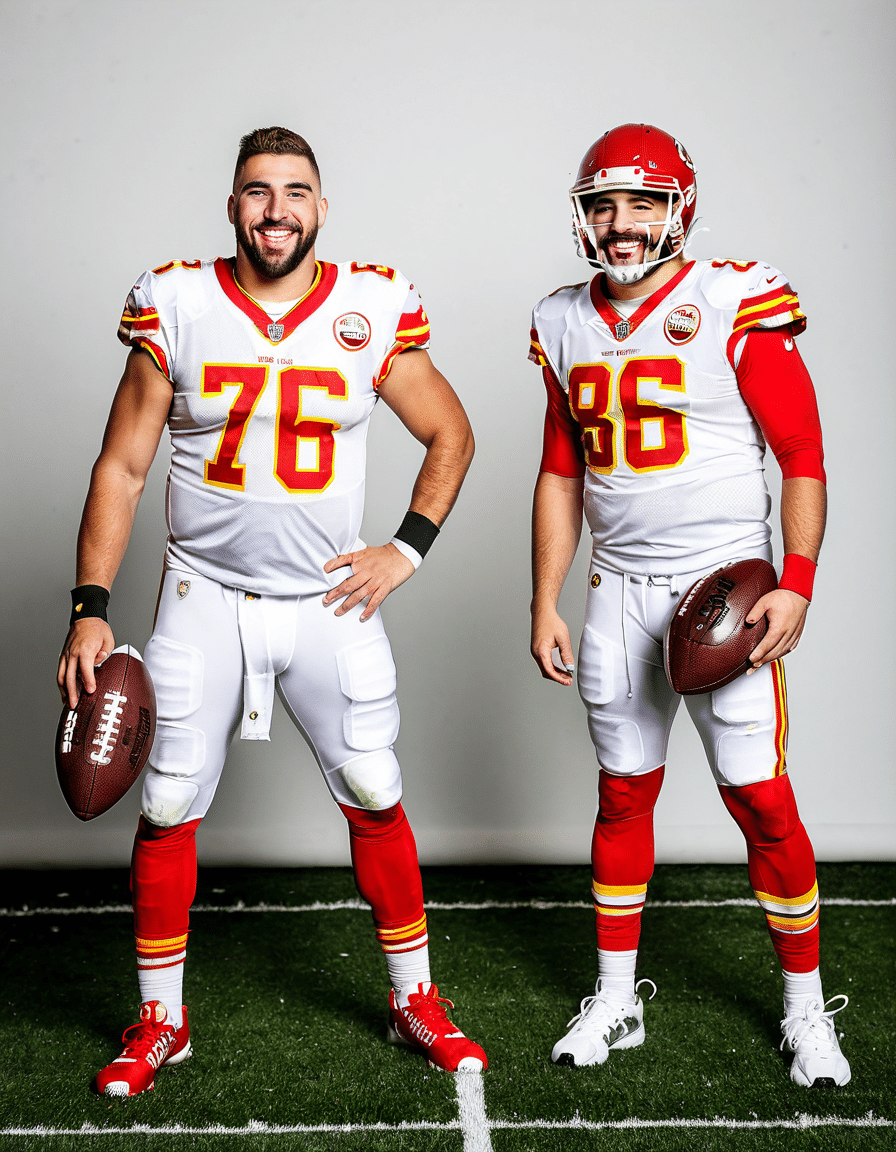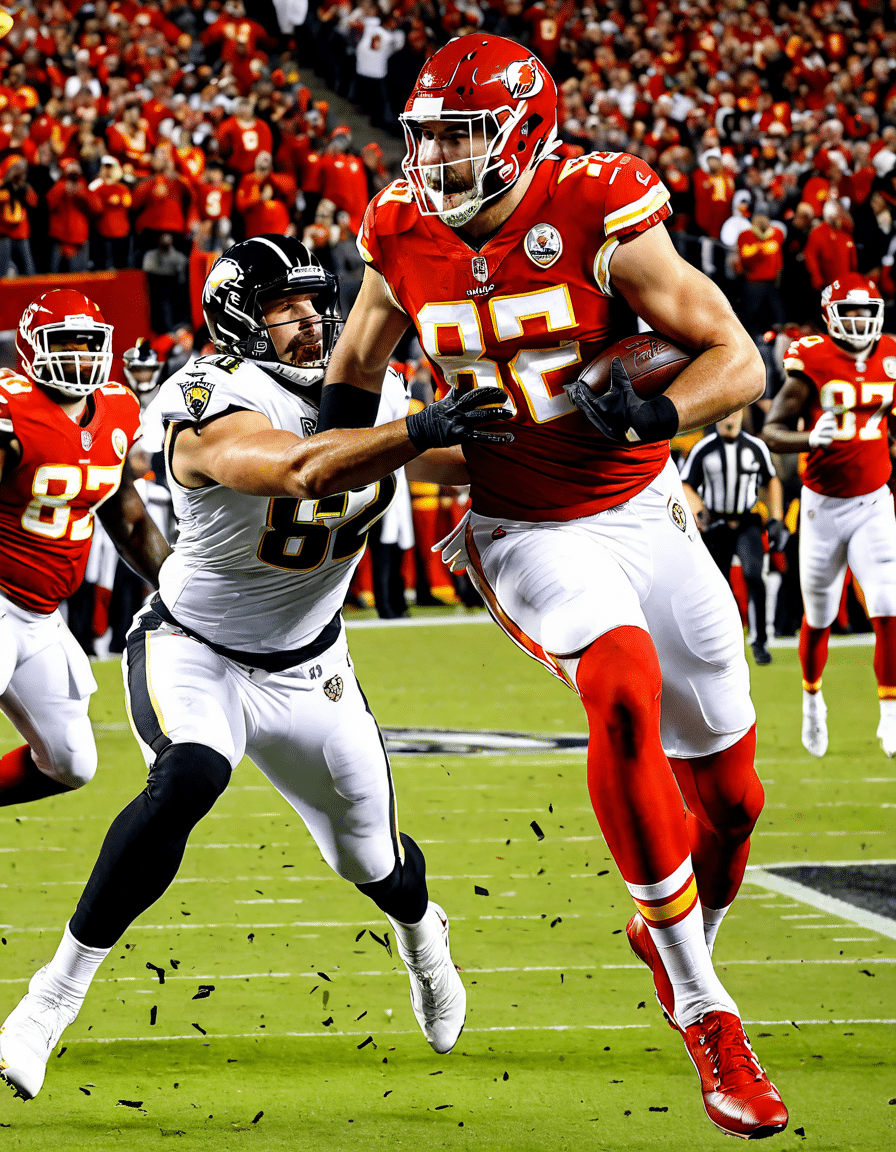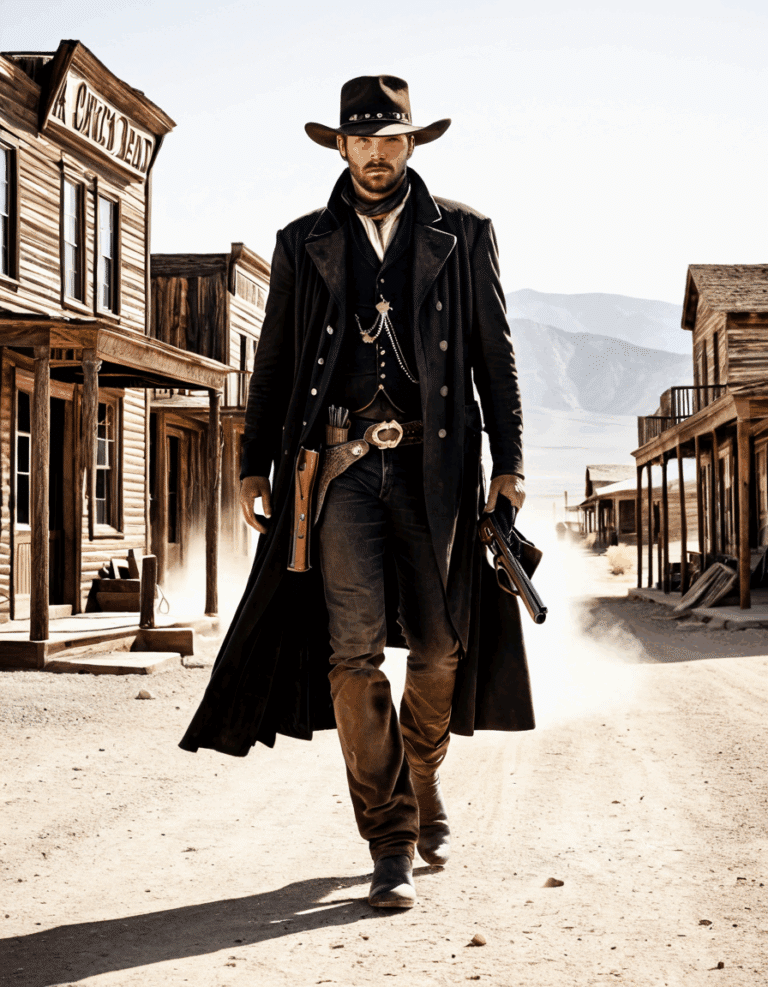In the world of sports, certain moments become etched in history — and for Darryl Stingley, August 12, 1978, marks an unforgettable day. While playing as a wide receiver for the New England Patriots during a pre-season game, Darryl suffered a catastrophic spinal cord injury that changed the course of his life and the lives of many around him. This incident not only halted a flourishing career but also blossomed into a vital conversation about the physical dangers that come with playing contact sports. Let’s take a closer look at that fateful moment, the play that led to the injury, and the immediate aftermath on the field.
Darryl Stingley was electrifying on the field, known for his speed and agility. During that once-promising game, he went for a reception when he collided with defensive back Jack Tatum. The hit left Stingley ill-fated; he crashed to the ground unable to move. As the crowd gasped, paramedics rushed onto the field, and what transpired next was a blur of panic and fear. Within moments, it became evident that this was more than just a routine injury. A spine that had once held so much promise now faced a daunting reality.
Despite the shock, Stingley’s resilience shone through almost immediately. He was transported to the hospital where doctors delivered the heart-wrenching news: he would be paralyzed from the neck down, a diagnosis that redefined his existence. The agonizing silence on the field morphed into a larger conversation about the brutal realities athletes face. This wasn’t just another injury; it was a watershed moment in football history, amplifying the importance of player safety.
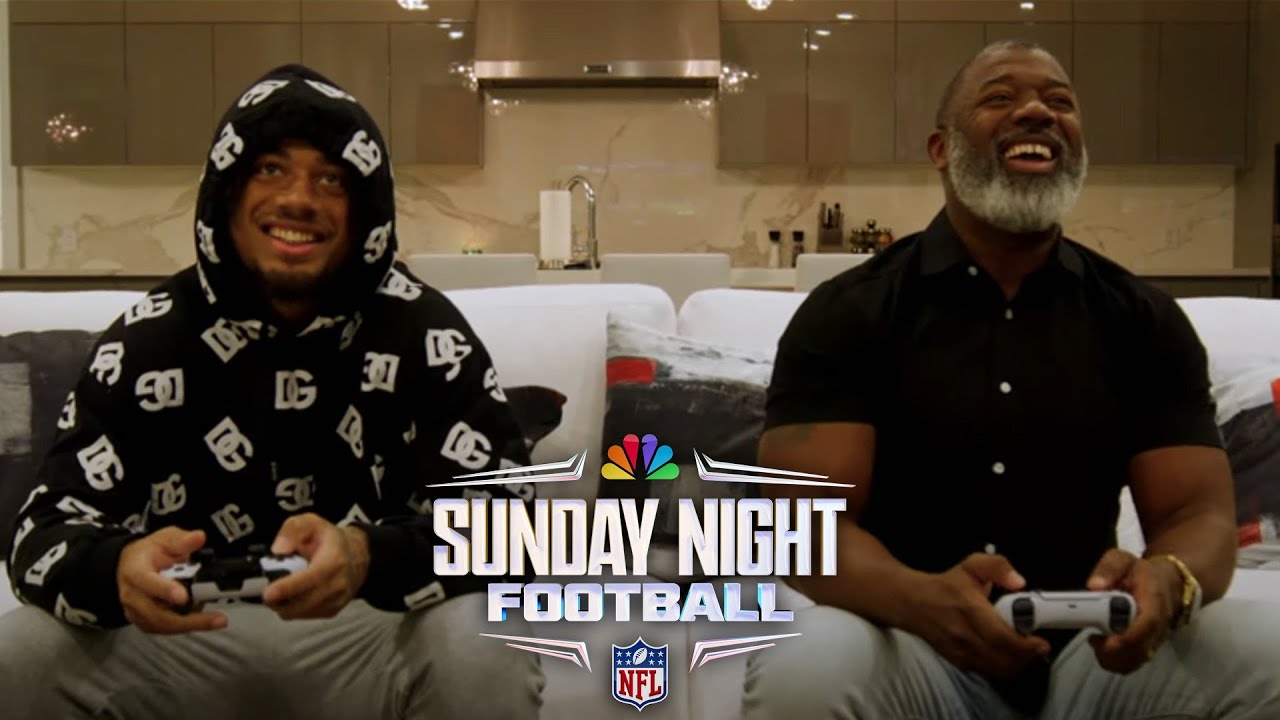
The Impact of Tragedy in Sports: Darryl Stingley’s Legacy
Darryl Stingley’s injury spurred significant changes in how professional sports leagues approach player safety. Before his tragic accident, the predominant attitude often shrugged off the gravity of injuries. However, Stingley’s condition thrust these conversations to the forefront. It served as a wake-up call for the National Football League (NFL) and its fans alike, moving player health from the background to the forefront of the game.
The days following Stingley’s injury saw heightened discussions about safety regulations. The NFL began establishing improved protocols during games and training, which are crucial, especially today where the sport faces scrutiny and evolving research on concussions and long-term health risks. Stingley’s name became synonymous with advocacy for change; his story reminded everyone that behind those helmets are real people at risk.
His legacy has shown us that while the game is tough, the athletes deserve better. For ongoing discussions about player welfare, we can trace some initiatives back to Stingley. The NFL’s concussion protocol, which aims to better protect players in the wake of head injuries, can be directly tied to the sobering lessons learned from Stingley’s journey.

Darryl Stingley’s Resilience: A Fight Beyond the Field
After the fateful day of the injury, Stingley faced a life teeming with challenges. Transitioning from a celebrated athlete to living life as a quadriplegic was no walk in the park. Yet, rather than spiral down into despair, Stingley found the strength to advocate for accessibility and awareness for disabled individuals. He became a voice for those without one, emphasizing that adversity can spark a fire inside us all.
Stingley channeled his experience into activism, collaborating with paraplegic and quadriplegic organizations to raise awareness and support for spinal injury research. In his autobiography, “Happy to Be Alive,” he expressed his inner turmoil, yet his hope and ambition radiated through his words. It was like a breath of fresh air, letting people know that it’s possible to find joy and purpose even in life’s harshest circumstances.
Many who met him will tell you that his spirit was infectious. Despite the physical limitations he endured, Darryl exhibited a fighting spirit that lit up rooms. He showcased that resilience doesn’t just mean surviving; it can mean thriving in the face of challenges. His life exemplified how we can all rise, using our struggles as stepping stones for change.
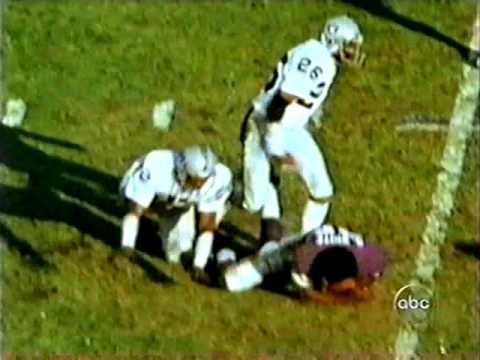
The Cultural Conversations Sparked by Darryl Stingley’s Injury
Stingley’s life-altering accident did not merely stay contained within the confines of sports; it resonated deeply within broader cultural discussions. His injury ignited a fiery debate on the ethics of contact sports, particularly football and boxing, leading many to reconsider the value placed on aggressive play at the expense of player safety.
Media coverage around Stingley zoomed in on the human aspect of injuries, steering the public conversation. Documentaries and various portrayals in film further elucidated the impact of high-risk sports on players’ lives. Countless reports highlighted how Stingley’s narrative was more than just about the game; it served as a jarring reminder of the dangers athletes encounter every day on the field.
Through the prism of cinema, filmmakers have picked up Stingley’s narrative, showcasing the ongoing ramifications of his injury. His experience sparked not just a dialogue on safety but also conversations about responsibility and taking proactive measures to protect athletes. From screenplays inspired by his story to increased awareness in pop culture, Darryl’s journey touched many hearts.

The Darryl Stingley Foundation: Continuing His Mission
In 1991, aiming to support those with spinal cord injuries, the Darryl Stingley Foundation was born. The foundation specializes in raising funds for research and assistance for individuals facing similar challenges. Thanks to its efforts, countless people have found hope and resources to navigate their journeys.
One of the foundation’s biggest achievements lies in its community outreach. Fundraising events become rallies of unity where people come together not just to raise money, but to celebrate resilience and remind those affected by injuries that they’re not alone. Stingley’s legacy shines through the lives improved and changed by the foundation’s work.
The foundation’s impact reaches far beyond monetary support; it unites people facing various adversities, creating a network of individuals who inspire and uplift each other. Its alignment with research aims ensures that the flame of hope continues to burn for those sailing stormy seas, illustrating how Saint Stingley’s vision lives on.
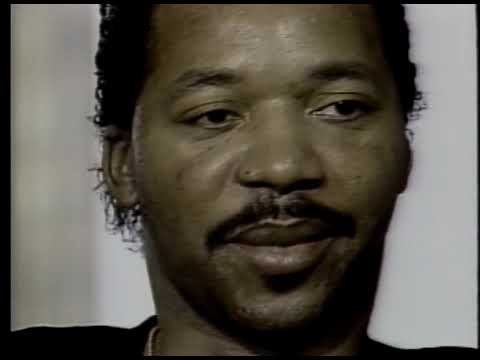
A Lasting Influence: Personal Reflections on Darryl Stingley’s Impact
Darryl Stingley’s influence reverberates through the lives of those he affected. Teammates, opponents, and fans share myriad stories about the indelible mark he left behind. NFL Hall of Famer John Madden famously visited Stingley often, showcasing their lasting camaraderie. During one of those visits, Madden discovered a malfunction with Stingley’s ventilator. As he summoned a nurse, he unknowingly may have saved his friend’s life.
The stories don’t end with Madden; many who played alongside or against him reflect on how Stingley approached adversity with dignity. These tales echo his influence in shaping the attitudes of current and aspiring athletes about resilience. They speak volumes about how one individual can inspire an entire community.
Today, Stingley’s name remains synonymous with courage and tenacity. From those who took the field with him to countless fans who’ve gathered stories of his strength, Darryl Stingley’s legacy forms part of the foundation upon which a new generation of athletes stands.
Darryl Stingley’s Story: Lessons for Future Generations of Athletes
The life of Darryl Stingley offers vital lessons for tomorrow’s athletes. His unwavering commitment to advocating for oneself and each other within the sporting community holds robust merit. Stingley showed us that while victories are sweet, our health should take priority. Athletes must become vocal proponents for their well-being and assertive in matters concerning safety and health protocols.
Darryl’s tragic story serves as a cautionary narrative. Every young athlete should recognize that the game is important, but so is the life they lead beyond the field. Stingley’s influence prepares future generations not just to engage in sports but to cultivate an everlasting dialogue about the risks involved, encouraging them to prioritize safety and mental health.
Moreover, his journey pushes sports organizations to accept their responsibilities in safeguarding their players. As more athletes seek to advocate for wellness, Stingley’s legacy emphasizes that the most potent impact arises not just from playing the game but from uplifting the health standards and safety measures for those participating.
Darryl Stingley’s tale serves as both a somber reflection on life’s fragility and a powerful motivator for change. His fight teaches us that tragedy might alter the course of a life, but resilience and advocacy can transform that life into a catalyst for improvement. Stingley remains a symbol of strength and awareness, pushing the boundaries of understanding and making sports a safer place for all athletes. Through his legacy, we are reminded to cherish every moment in the game called life.
Darryl Stingley: A Life Forever Changed by Tragedy
An Unexpected Turn
Darryl Stingley was a talented wide receiver for the New England Patriots, but his life took a devastating twist during a game in 1978. That moment, when he collided with the Oakland Raiders’ safety Jack Tatum, left him paralyzed from the waist down, forever altering his trajectory. Stingley’s resilience shone through as he sought to inspire others, proving that life can go on even after such a shocking event. Interestingly, while Stingley faced enormous challenges, many people are also wrestling with their adversities, similar to the stories that play out in courtrooms, such as the ongoing coverage of the Darrell Brooks trial.
Post-Playing Life
After his injury, Darryl Stingley became an advocate for spinal cord injury research and motivation, dedicating much of his life to helping others in similar situations. He believed in using his story as a platform, much like how Delta Bell Shepard used her own experiences to raise awareness for mental health. Stingley’s journey reminds us of the importance of tenacity and hope, proving that one can find purpose even in the most challenging circumstances, much like how one might search for home insurance brokers near me when life feels unpredictable.
Lasting Impact and Legacy
Stingley’s legacy isn’t just about football; it’s a testament to human spirit. His compelling narrative has been shared on various platforms, inspiring many to keep pushing forward. His story can be surprisingly relatable to various life experiences. For instance, just as one might sift through the home mortgage loans rates to find the best fit, people often navigate through their struggles looking for solutions. Even today, stories like Stingley’s resonate widely, echoing through discussions from sports to recovery, and remind us all that there’s always hope on the horizon. His influence continues, much like the noteworthy articles on livenewsmag highlighting powerful stories every day.

Did Jack Tatum ever apologize to Darryl Stingley?
No, Jack Tatum never apologized to Darryl Stingley for the hit that left him paralyzed. Stingley’s autobiography notes that Tatum never made any effort to apologize or meet with him after the incident.
What was the cause of Darryl Stingley’s death?
Darryl Stingley’s death was caused by heart disease and pneumonia, which were complicated by his condition of quadriplegia.
What did Madden do for Stingley?
Madden visited Stingley frequently after the incident, and during one visit, he discovered a problem with Stingley’s ventilator. By calling a nurse to fix it, he possibly saved Stingley’s life.
Is Darryl Stingley related to Derek Stingley?
Yes, Darryl Stingley is related to Derek Stingley Jr., as Derek Sr. is Darryl’s son, making Derek Jr. his grandson.
Did the ball hit Jack Tatum?
No, the ball did not hit Jack Tatum. He was the player who delivered the hit that caused Darryl Stingley’s injury.
Who did Jack Tatum paralyzed in the NFL?
Jack Tatum famously paralyzed Darryl Stingley in a game back in 1978, which became a significant moment in NFL history.
What NFL player was paralyzed during a game?
Darryl Stingley was the NFL player who was paralyzed during a game after being hit by Jack Tatum.
Who hit Daryl Stingley?
Darryl Stingley was hit by Jack Tatum during a game between the Oakland Raiders and the New England Patriots in 1978.
What NFL receiver was paralyzed?
The NFL receiver who was paralyzed is Darryl Stingley, known for the life-altering injury he suffered during a game.
What LSU player was paralyzed?
The LSU player who was paralyzed in a similar incident is Kevin Faulk, who suffered a traumatic injury while playing.
Who has been a victim of the Madden curse?
The Madden curse has been associated with players who have appeared on the cover of Madden NFL video games, often experiencing injuries or poor seasons afterward.
Does the Madden curse still exist?
Many fans still debate whether the Madden curse is real, but it seems to have less impact with recent covers as players have managed to avoid serious issues.
How many times was Stingley targeted?
Darryl Stingley was targeted several times during his career, but specific statistics on that can vary based on the sources.
Who is the NFL player in the wheelchair?
The NFL player in a wheelchair often referred to is Darryl Stingley, who lived with quadriplegia for many years after his injury.
Where did Darryl Stingley play college football?
Darryl Stingley played college football at Purdue University before entering the NFL.

